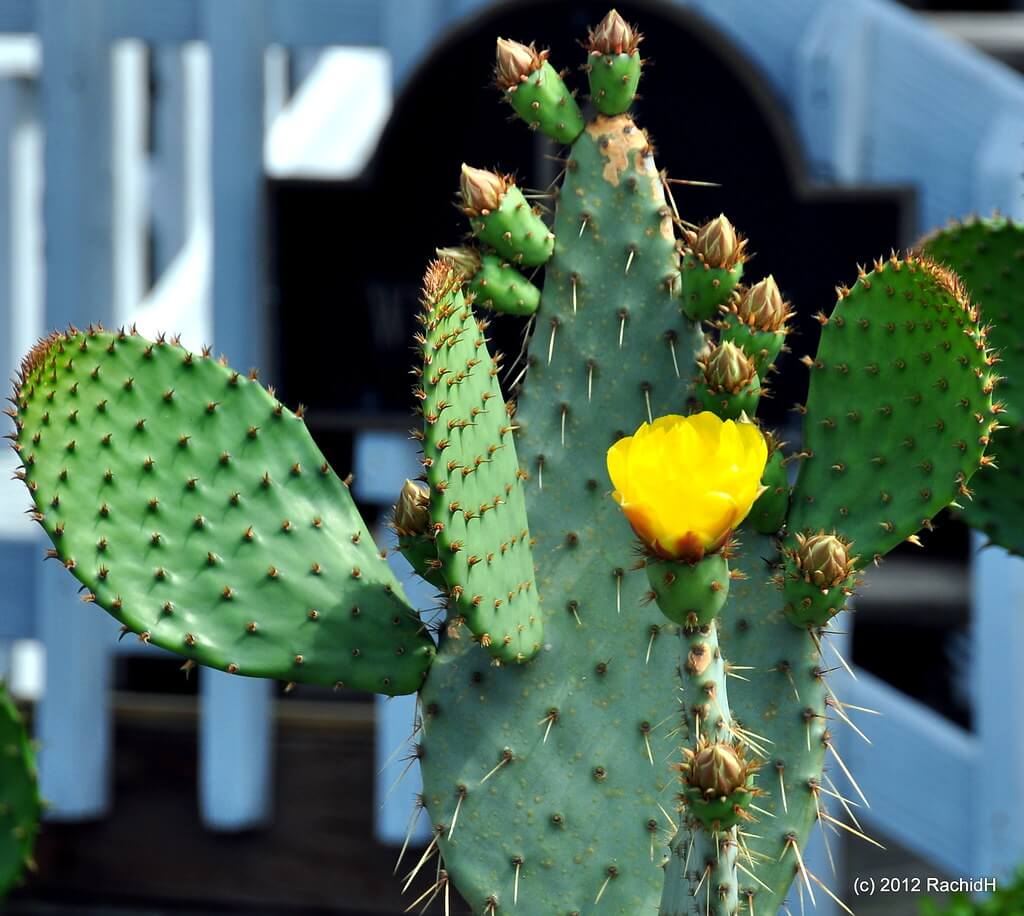Anderson, E.F. (2001). The Cactus Family. Timber Press, Portland.
Australian Plant Census (2011) available at: Vascular Plants APNI (biodiversity.org.au).
Australia's Virtual Herbarium (AVH) (2007). Council of Heads of Australian Herbaria (CHAH). Available at: Home - AVH (chah.org.au).
Harden, G.J. (1990). Opuntia in Hardin, G.J. (Ed), Flora of New South Wales Vol 1. New South Wales University Press, Kensington.
Land Protection (2006). Prickly Pear identification and their control. Facts: Pest series. Department of Natural Resources & Water, Queensland.
Moran, V.C. & Zimmermann, H.G. (1991) Biological control of jointed cactus, Opuntia aurantiaca (Cactaceae), in South Africa. Agriculture, ecosystems & environment 37(1-3): 5-27.
Navie, S. (2004). Declared Plants of Australia. An identification and information system. Centre for Biological Information Technology: Brisbane. [CD-ROM]
Parsons, W.T. & Cuthbertson, E.G. (2001). Noxious Weeds of Australia, edn 2. CSIRO Publishing, Collingwood.
Stajsic, V. & Carr, G.W. (1996). Opuntia in Walsh, N.G. & Entwisle, T.J. (Eds), Flora of Victoria Vol 3. Inkata Press, Melbourne.
Stanley, T.D. & Ross, E.M. (1983). Flora of south-eastern Queensland Vol 1. Queensland Department of Primary Industries, Brisbane.
Telford, I.R.H. (1984). Opuntia in George, A.S. (Ed), Flora of Australia Vol 4. Australian Government Printing Service, Canberra.
Victorian Resources Online, Impact assessment - Tiger Pear. Department of Primary Industries, Victoria. Available at: Impact Assessment - Tiger pear (Opuntia aurantiaca) in Victoria | VRO | Agriculture Victoria.
Weeds Australia (undated) Tiger Pear. Australian Weeds Committee.
Also see:
Invasive Species www.invasive.org (2007) Jointed Prickly Pear. A joint project of The University of Georgia's Bugwood Network, USDA Forest Service and USDA APHIS PPQ. Available at: jointed prickly pear Opuntia aurantiaca Lindley (invasive.org)
Scher, J. (undated) Federal Noxious Weed Disseminules of the U.S.A. Opuntia aurantiaca Lindl.. Center for Plant Health Science and Technology, Plant Protection and Quarantine, Animal and Plant Health Inspection Service, U. S. Department of Agriculture.































